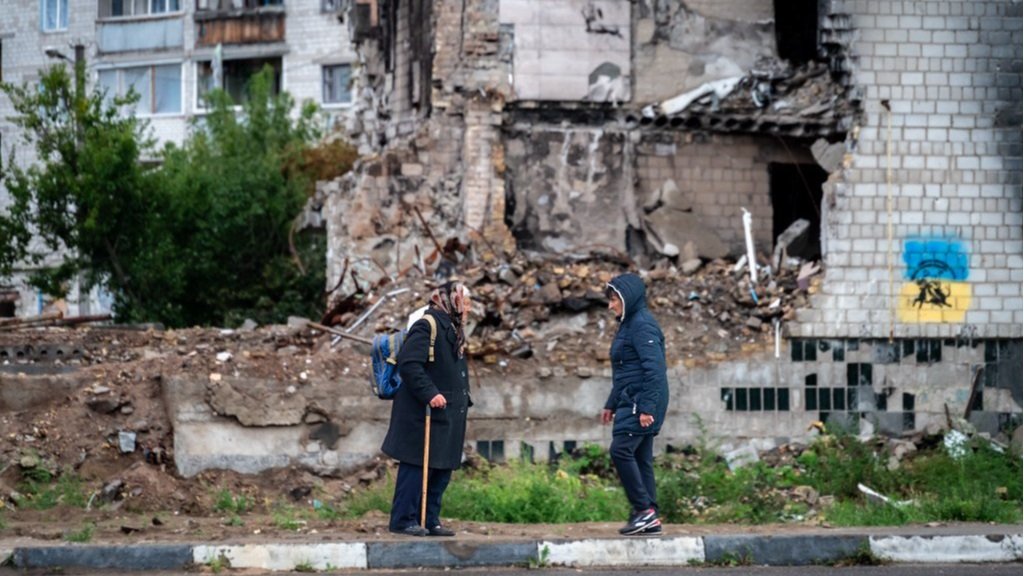CDAC Network: one year of promoting effective system-wide communication across the Ukraine response
Communication is a lifeline in times of crisis. In the early stages of Russia’s invasion of Ukraine, people affected reported that information was a greater priority than food or shelter – and for many, this remains the case.
In the summer of 2022, CDAC Network began its project to ‘ensure effective system-wide communication across the Ukraine response by bridging the gap between local and global responders’. Funded by the UK Disasters Emergency Committee (DEC), the project sought to build foundations for the achievement of two strategic ambitions:
A facilitated and coordinated pathway of engagement that bridges the gap between national and international actors and supports coherent dialogue and communication with all affected people.
Knowledge and evidence gaps in local and regional communication and engagement are addressed on an ongoing basis and the impact of conflict on communication, community engagement and accountability (CCEA) is better understood.
Read our reflections on the project’s impact, one year in
Key achievements
A year in, CDAC Network has:
Engaged 622 responders in CCEA Quality of Practice meetings.
Trained 87 responders in CCEA coordination and implementation.
Engaged 96 responders in CDAC learning events.
Strengthened 4 national NGO networks with technical assistance.
Provided 2 UN-led CCE/AAP coordination structures with technical and capacity support.
Published 4 quarterly snapshot reports identifying critical gaps in CCEA provision and coordination.
Looking ahead
In the coming 24 months, CDAC will focus on work towards the following results:
National actors have the tools and knowledge needed to occupy leading roles in AAP working groups.
CCEA training meets the demands of national actors by using delivery that is locally appropriate and adapted to preferred language and learning style.
Improved CCEA understanding, skills, and abilities support the uptake of contextually relevant CCEA commitments at both organisational and systems level.
Specific blockages in CCEA pathways are identified and solutions are co-created by responders.
The relationship between conflict, communication and information rights is documented, better understood and better addressed in practice.
READ MORE



